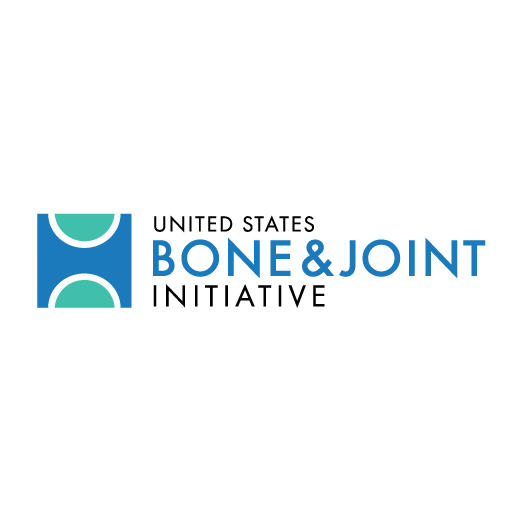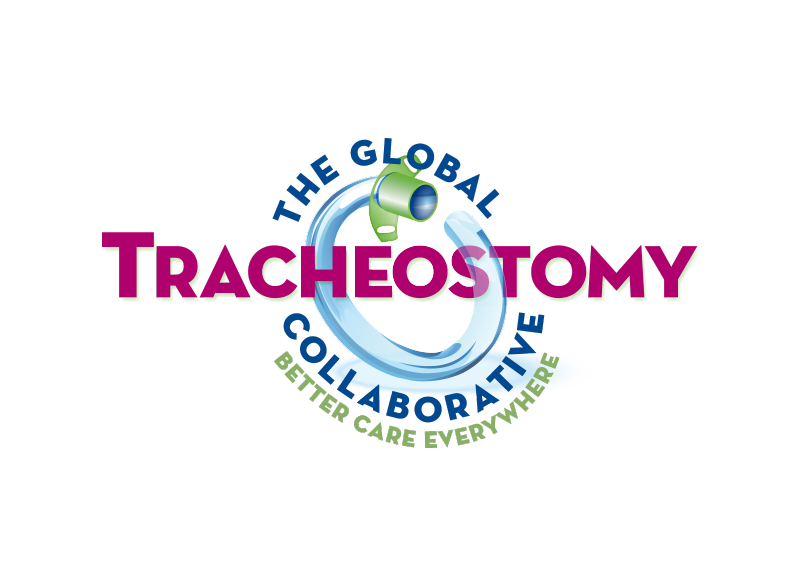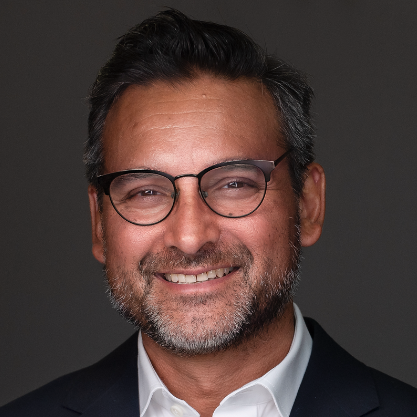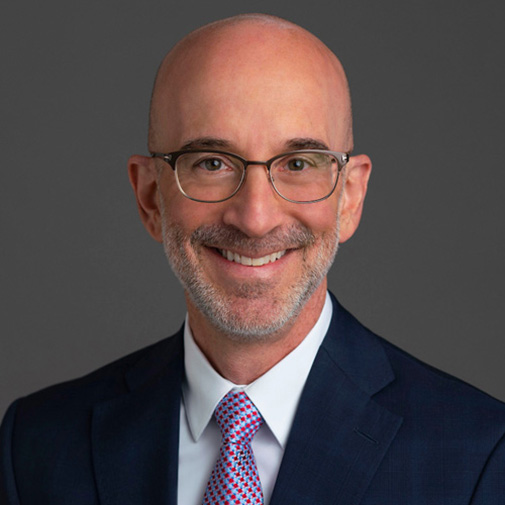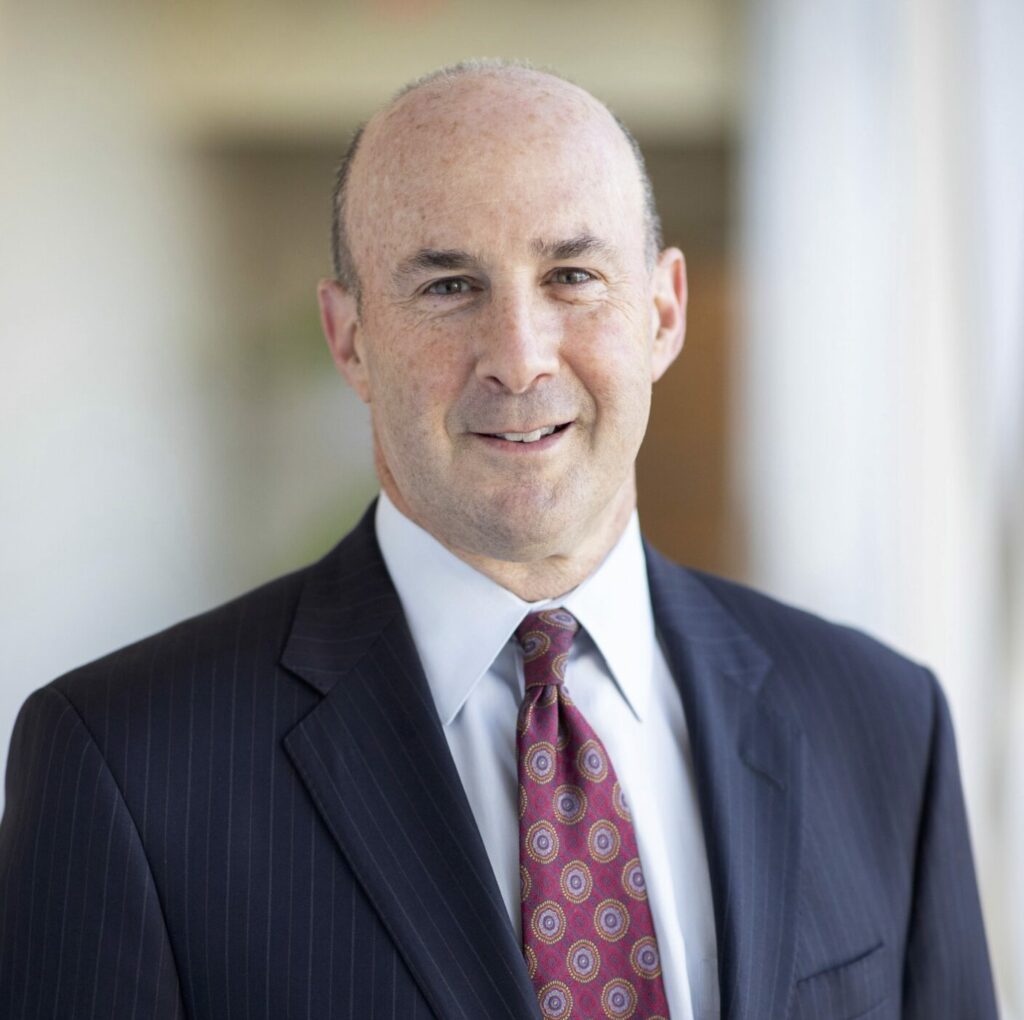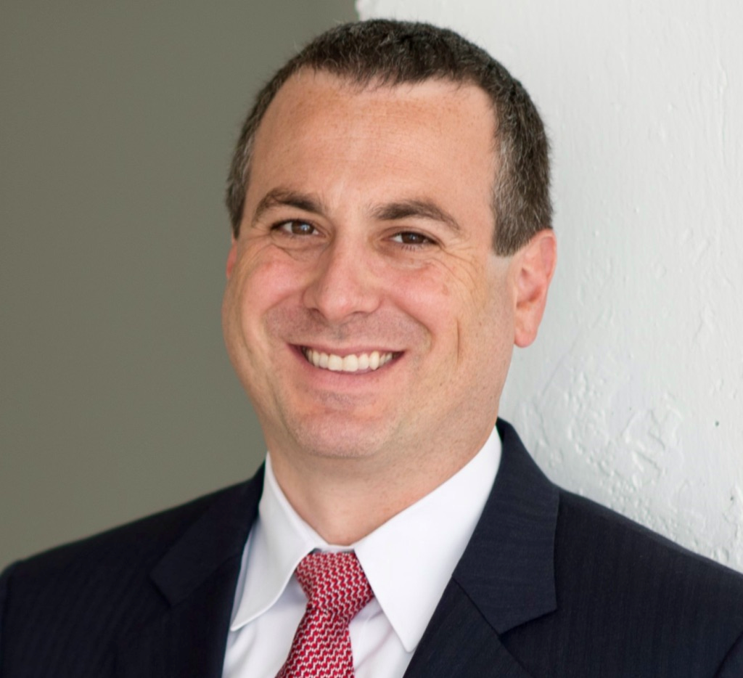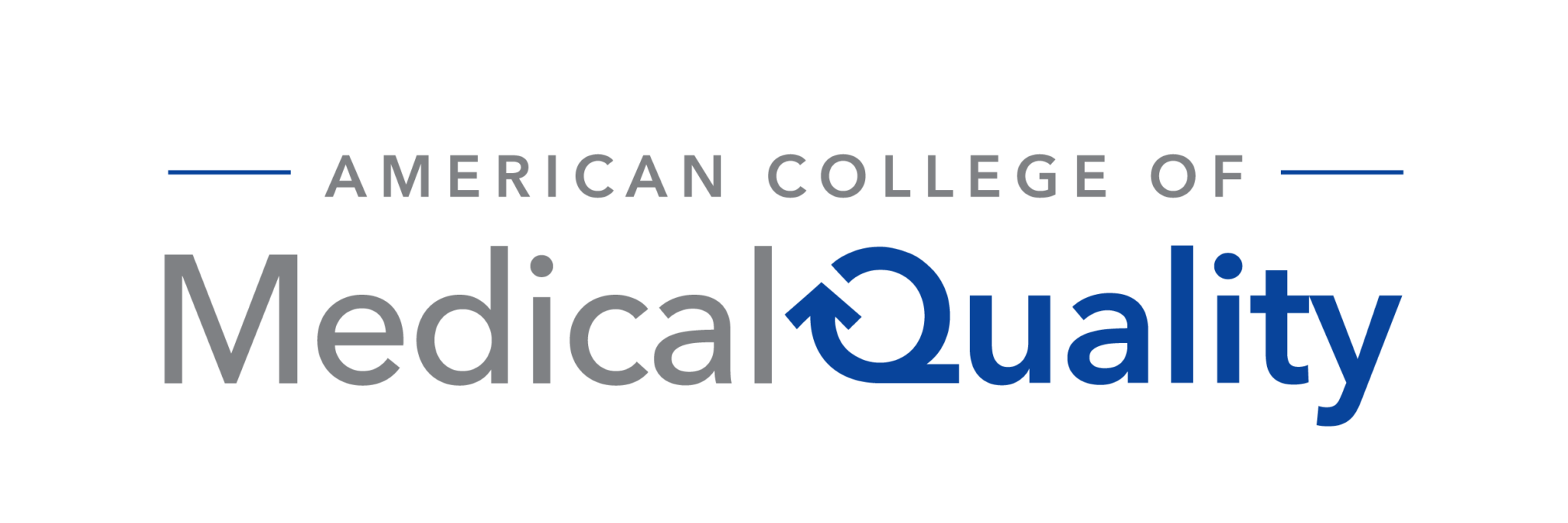
We continue to navigate after two years of a pandemic and economic tumult with long-term systemic impacts. As we assessed 2021 and looked to 2022, CLA released our Top 10 list of insights across all industries. Building on this, we decided to look at 2022 through a healthcare lens. We provide some additional insights in this blog now that we’re halfway through the year.
Labor. Labor. Labor. It is an issue roiling many industries but is having particularly negative impact on health care. Why? People still need care…Every. Single. Day. After two years and counting of a pandemic, healthcare workers are stressed and burned out. They are reassessing options, work-life balance, and may be making more money in other care settings or industries.
- What To Do. Healthcare organizations will need short-term and long-term labor solutions. In the short-term, we know there have already been pay adjustments, compensation studies and other wage/benefit considerations going on plus outsourcing where helpful/needed (back-office functions). Pipeline issues and whether reimbursements will keep pace are key in addressing long-term staffing needs. We also know the federal government has released pockets of funds for targeted needs, such as rural public health and residencies.
Behavioral/Mental Health Needs. COVID has had a significant impact on the mental health of many individuals. We are increasingly seeing higher levels of burnout and retirement in health care professionals when we least can afford it. It’s also the impact of two years of remote work, isolation from family, teaching children at home, lock downs, fear of catching or transmitting COVID and all around COVID fatigue. We have seen the terrible impacts on the healthcare workforce, but also on patients.
- What To Do. Kudos to the federal government for broadening payment and availability for mental health to be delivered via telehealth (including audio-only) and ongoing reimbursements for substance use disorders. We have seen a continued focus in 2022 on improving behavioral/mental health care for employees through thoughtful employer-supported wellness and well-being options, specific mental health/rest days or other resources. Well-being and working environments are as important as pay, and employers should pay careful attention here.
Antitrust/Oversight. Watch for heightened focus on all types of oversight and compliance, but particularly in antitrust. From scrutiny on nursing homes, staffing levels, hospital mergers and the role of private equity in it all, health care is closely being watched. In fact, in July 2021 President Biden released an Executive Order with dozens of initiatives aimed at improving competition, including in key sectors like health care. Recently, the Department of Justice (DOJ) and Federal Trade Commission announced they would review merger guidance, seeking feedback and considering changes.
- What To Do. With so much scrutiny on all things health care, there are many avenues to get ahead of issues, including a robust compliance and risk management program, internal audit function, cybersecurity and IT strategy, consulting, transaction services support and so much more.
Private Equity Influence. Speaking of private equity (PE), we expect to see activity in 2022 from digital health investments to private equity backed physician practices and senior living. On one hand, many believe PE influence is necessary to drive innovation, ring out inefficiencies in the system while providing the necessary capital to drive change. On the other hand, some view the PE business model and the fundamentals of health care as incompatible. Critics point out that the PE business model is really focused on generating profits in the short term and may lack dedication to the longer-term needs of a population.
- What To Do. Private equity ties into the broader picture of antitrust and market domination, which can tie into many other issues. We’ve seen large payers taking even larger positions in the market through acquisition of provider practices, data analytics and health tech, which makes us very mindful of increased regulatory attention and lawsuits. That said, PE is on the forefront of health care and presents either an opportunity or a threat depending on where you sit. Should you consider PE as option, preparation, analysis, strategic thinking and planning are necessary for all players.
Medicare Advantage (MA) Growth, Scrutiny: As the Medicare eligible population continues to balloon with baby boomers retiring, so has Medicare Advantage also grown. As of 2021, more than 40 percent of total Medicare enrollees have enrolled in a Medicare Advantage plan vs. traditional Medicare Fee-for-Service (FFS) plans. From a beneficiary standpoint, the attraction is simple: potentially lower premiums and co-pays coupled with increased access to supplemental benefits, like dental coverage, fitness options or hearing exams and aids. However, according to its June 2021 report to Congress, MedPAC indicates the federal government spends 104 percent per capita for beneficiaries enrolled in Medicare Advantage than it spends for same services for beneficiaries enrolled in Medicare FFS. Congress and regulators have stepped up their oversight and enforcement actions in Medicare Advantage.
- What To Do. Demographic shifts along with significant growth, higher costs and enforcement actions make the Medicare Advantage program ready for some revisions. Making sure you understand what ongoing demographic changes mean to local, regional and national markets is also foundational for the future since Medicare Advantage will be a growing part of that. Also, watch for ongoing activities from Congress on hot button issues like prior authorizations or even MA risk adjustments.
Economy/Inflation: We have already seen significant swings on Wall Street, record inflation, low employment, job openings that still can’t be filled and departures of clinical professionals in the healthcare field.
- What To Do. Market fluctuations are of concern to healthcare providers. Many rely on investment returns to help with funding of capital and other ongoing activities. Market declines will put downward pressures on these investment earnings and coupled with rising inflation will result in further erosion of much needed cash flows. Modeling out different financial scenarios and other strategic considerations will help providers prepare for what could be more troubling economic waters ahead.
Capitol Hill/Regulatory Agenda. We could see Congress focused on targeted healthcare issues like telehealth changes. On the regulatory front, we don’t expect the Centers for Medicare & Medicare Services to let up on price transparency (ex: No Surprises Act in effect now, increased penalties for not posting machine-readable files), other transparency initiatives and value-based care. On the latter, the Innovation Center (CMMI) already released its strategic refresh to better hone and align its models with overarching Administration goals, one of which is health equity.
- What To Do. Watch for all the regular payment rules to come out per usual, as these are where the Administration will advance various goals. Each of the proposed payment rules this year—from hospitals to senior living and physicians—have been underwhelming in their respective payment updates. This has prompted significant advocacy efforts from senior living and hospital. We expect the same with the proposed physician fee schedule. In a surprise compromise by the US Senate, the Inflation Reduction Act is well on its way to enactment. It includes several large changes in health care, specifically for Medicare. For example, the federal government will be able to negotiate the costs of certain drugs.
Moving Forward
The landscape is tricky. CLA’s health care practice sees these issues every day. From physicians and medical groups, senior living, and hospitals to private equity, emerging life sciences and biotech companies, we are working with them all. Talk to us today about how we can help you. It takes balance. We’ll get you there.
Subscribe to CLA Communications or specifically to our HI2 blog at Health Care Innovation and Insight Blog.










